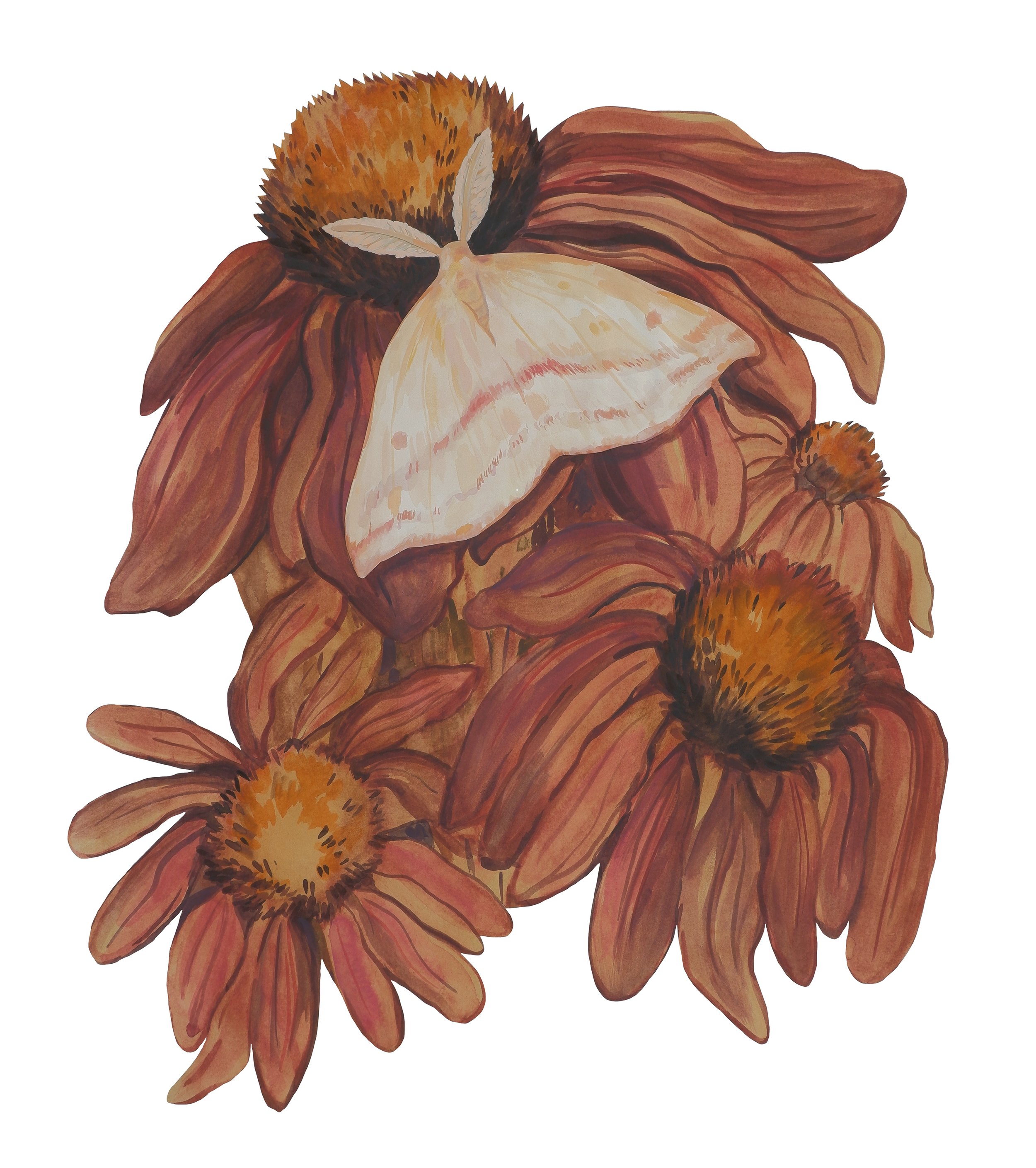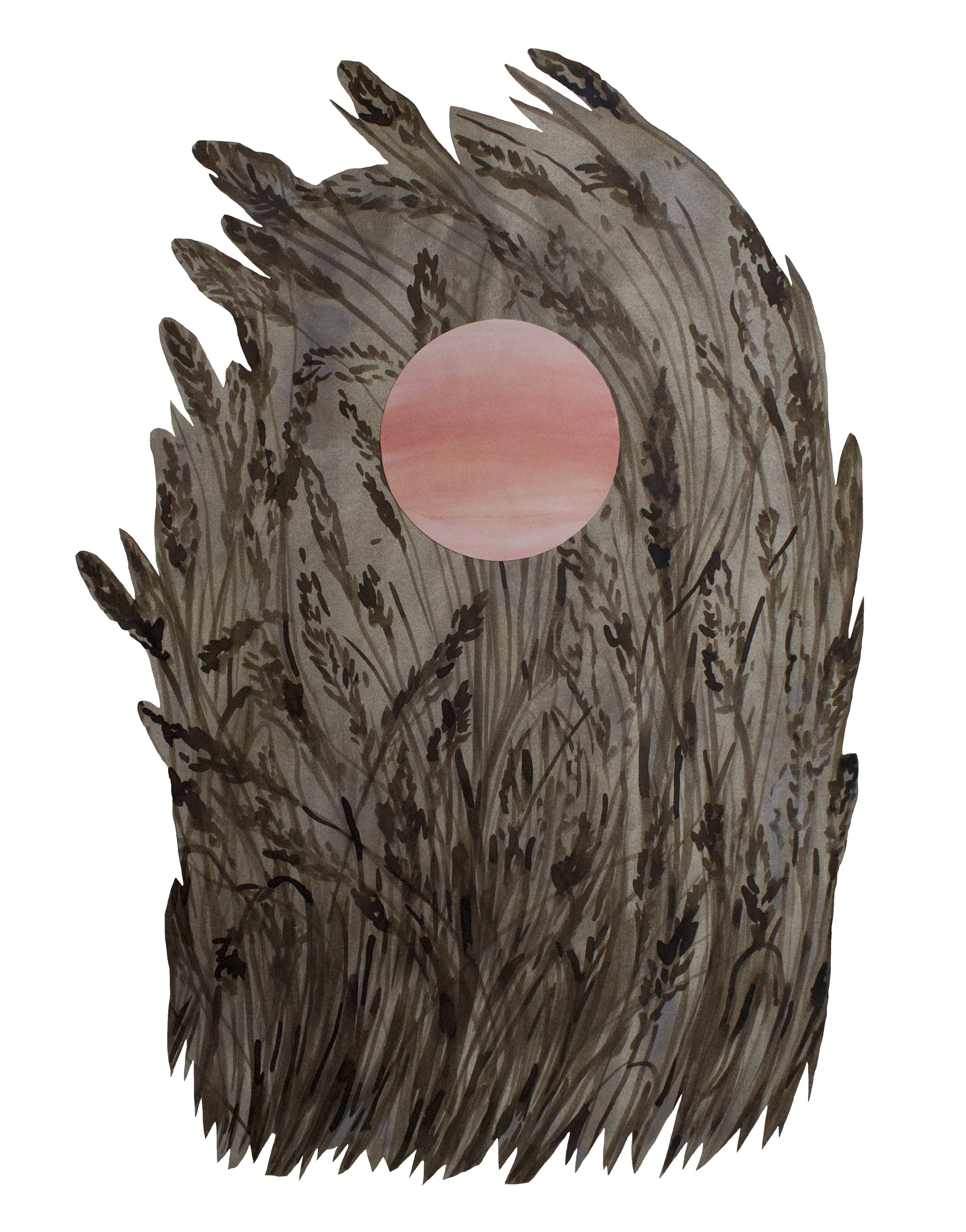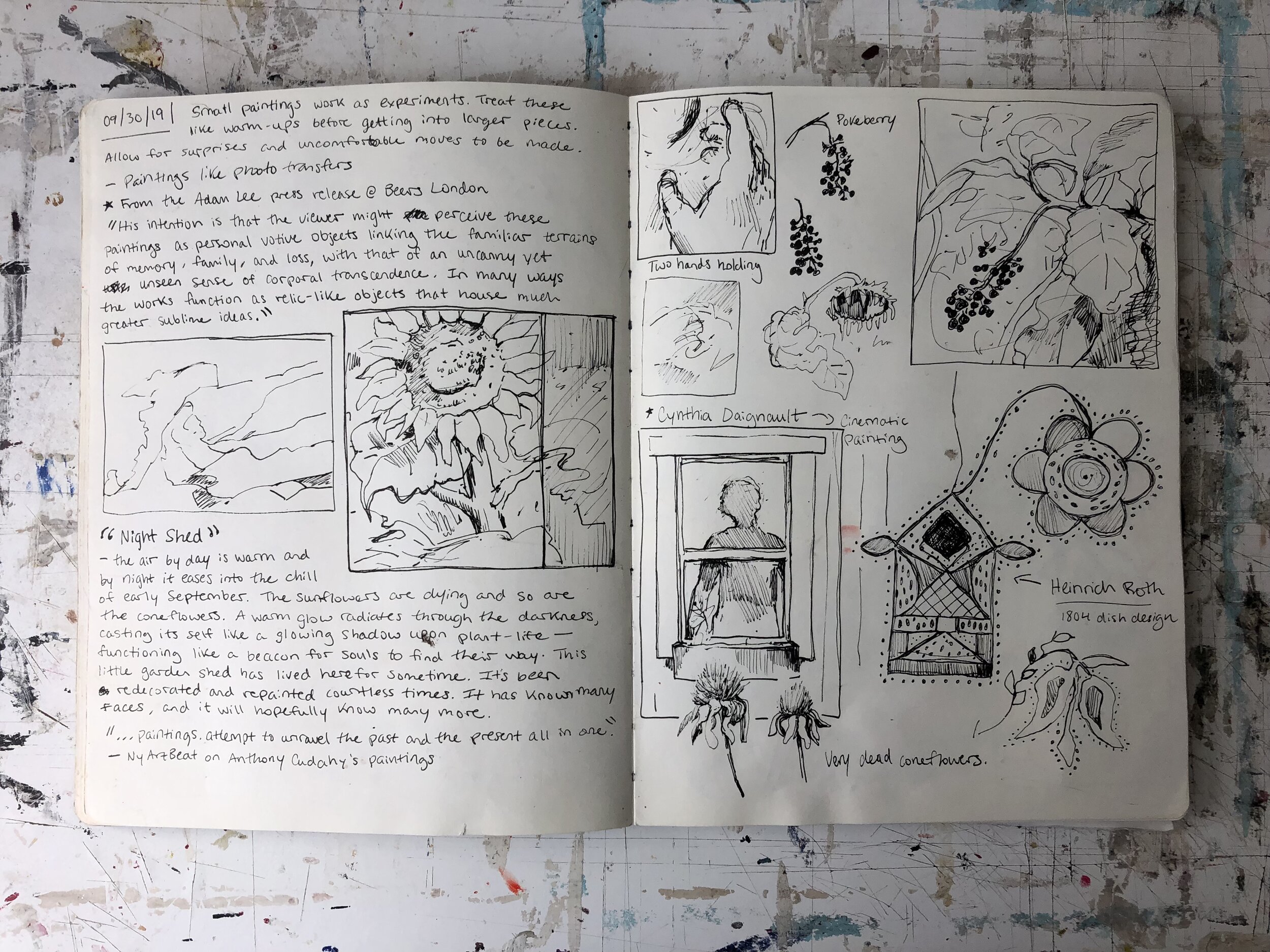No one’s harder on me than me. I’ve always felt a mountain's weight of pressure to make art – and more specifically, make “good art.” Art that receives praise in person and likes online. Art that impresses me and makes me feel accomplished. But as I’ve grown older and farther away from the “art world” I used to desperately covet (I still do, if I’m honest with myself), I’ve found that self-imposed pressure to be incredibly toxic.
While I’m sitting at my 9-5, typing away, I’ll glance over at my studio wall and get angry because I’m not painting. Then I’ll get angry after work because I have to cook dinner, do the trash, clean up after the cats, and so on, and I’ll check the time, and it’s 8 p.m. Where’d my day go? I don’t have the energy to paint, document my work, or apply to open calls after a long day's work like I once did. Then the weekend arrives, and my time in the studio isn’t as productive as I wanted it to be, and the anger comes back. The cycle repeats itself, over and over, and then I realise I need to change, and what needs to change is me.
The sad reality is that most artists aren’t full-time artists or household names. I’ll likely never have 10,000 followers or a gallery sliding into my DMs to show my work in New York or LA. I’m learning to accept that my “big break” may never come… I’ll forever be balancing a very full life with an unrealistic desire to be more than what I am. As much as making art is me, it can’t be all of me. Wanting to creatively succeed above all else is a nasty drug, and I’m just now learning how to deal with my creative addiction. And it’s fucking hard. With that said, I’m appreciating what my studio practice is, not what I wish it to be. Gratitude is something I’m learning, one day at a time.
10 things that make my time inside and outside of the studio worth it:
Making a drawing in charcoal first on canvas before applying any oil paint.
Listening to podcasts while I paint or do yoga. My three favorites are Cultivating Place (gardening), Fighting in the War Room (film and TV), and The Watch (mostly TV).
Reading my Lois Dodd book. I love her plant and garden paintings so much. She’s an artist whose always done her own thing. I hope I’m lucky enough to be painting into my late 90s.
Seeing work in person, even if it’s 28 degrees out.
Treating my sketchbook like I’m in undergrad again. I’ve been drawing with vibrant markers, collaging printer paper photographs, and making phototransfers. I’m having fun in my sketchbook again. I forgot what that was like.
Planning my 2025 garden. It starts with sketches and a few words on a page, then it becomes a seed order, then a dirt order, and then I’m re-potting plants on a 60-degree day for two hours. Pure bliss.
Monthly studio visits with my best friend.
Daily reminders to not compare myself to others.
Playing a string game on the studio floor with my cats. It’s become a post-work ritual.
Painting giant flowers and bugs, very slowly, but with passion and purpose!


















































































